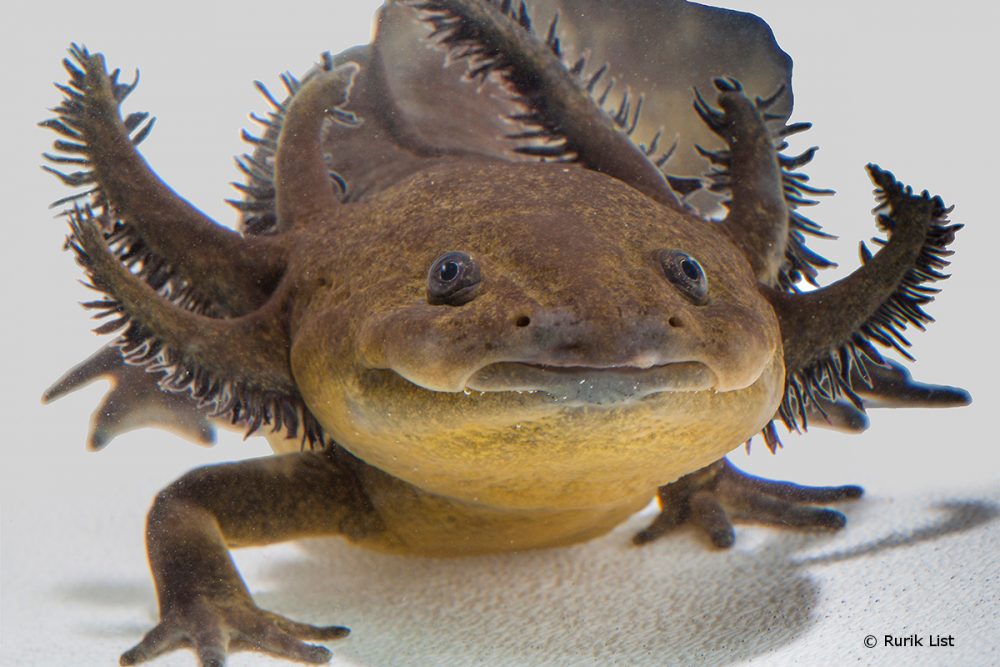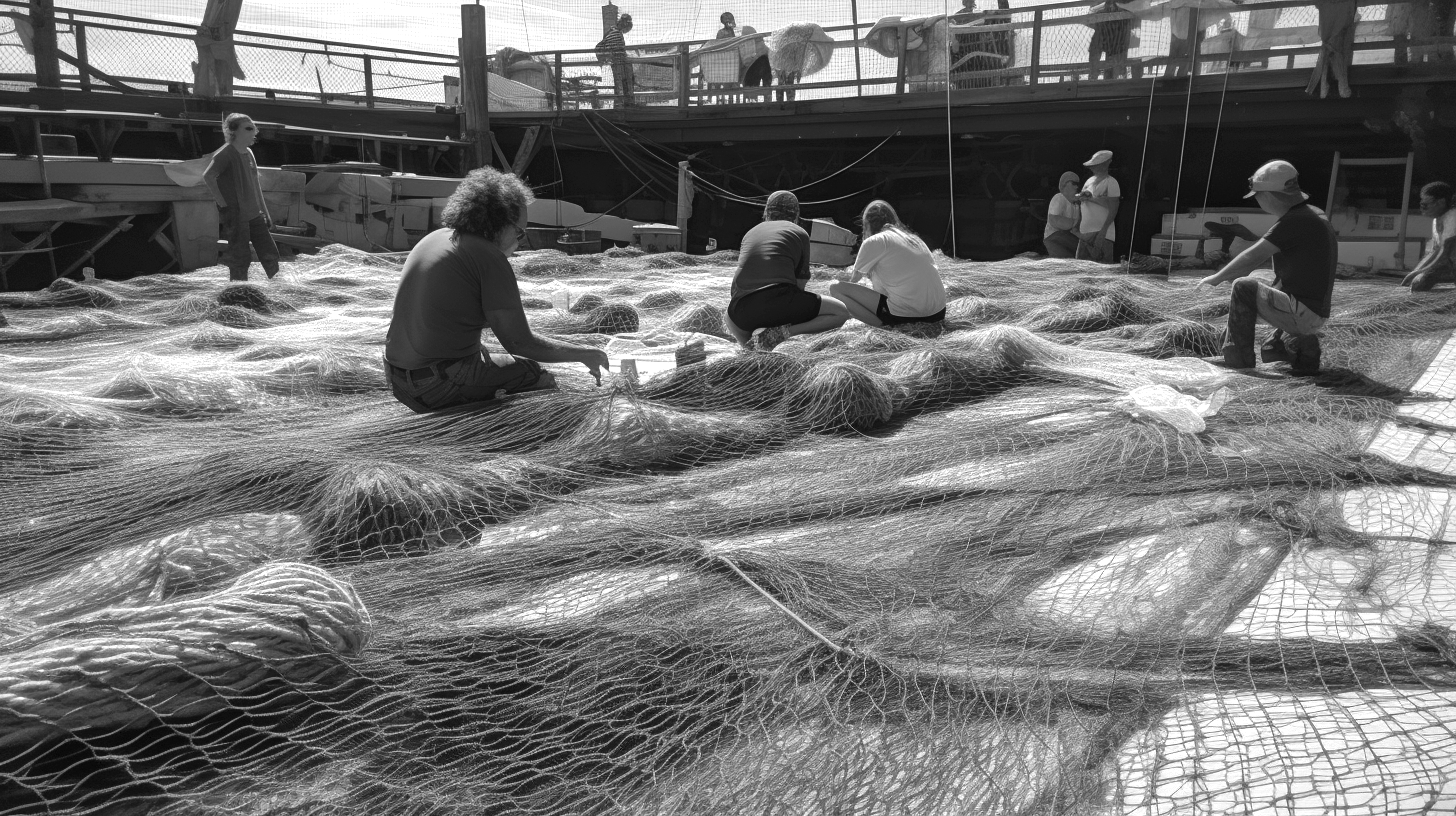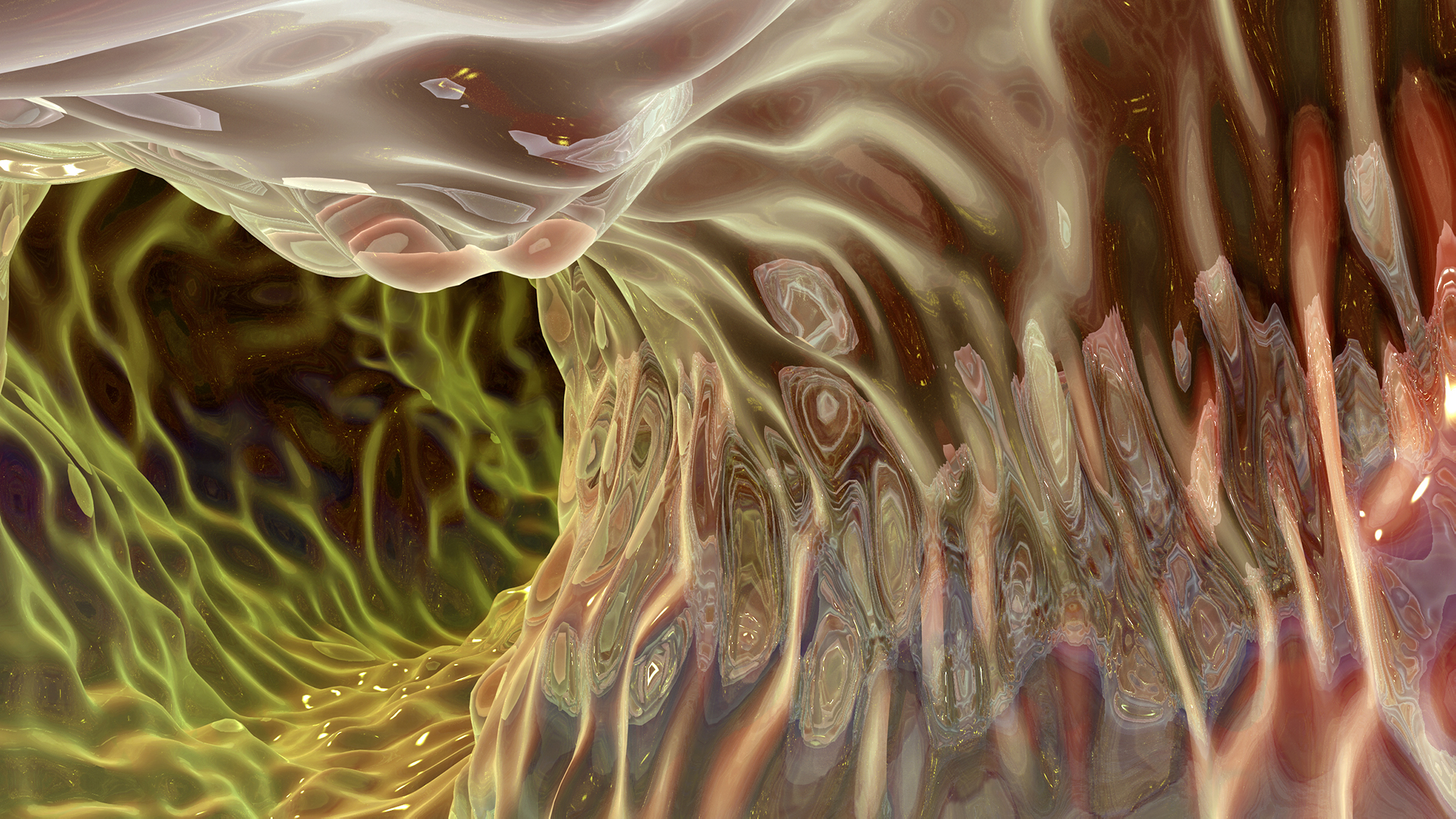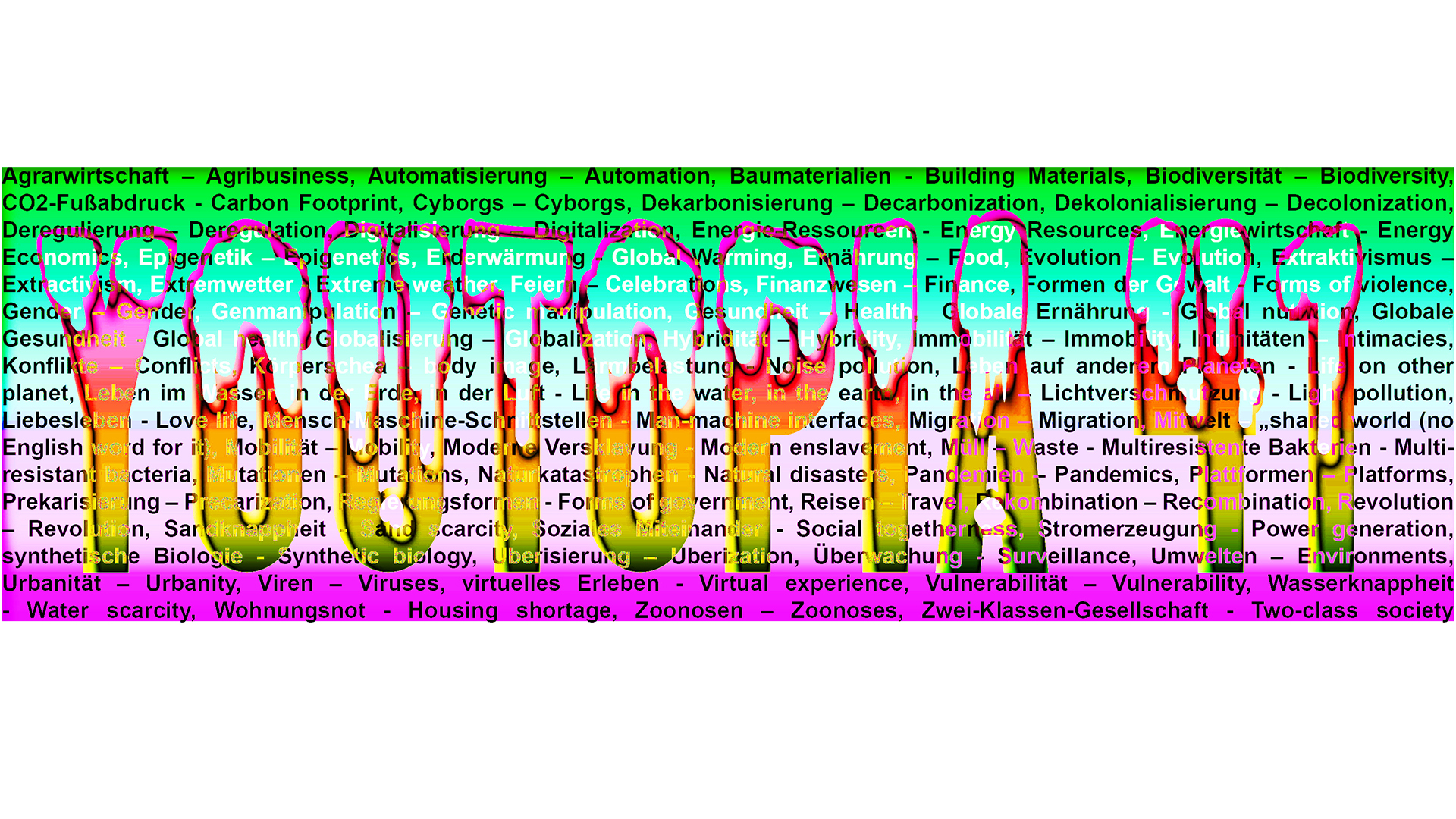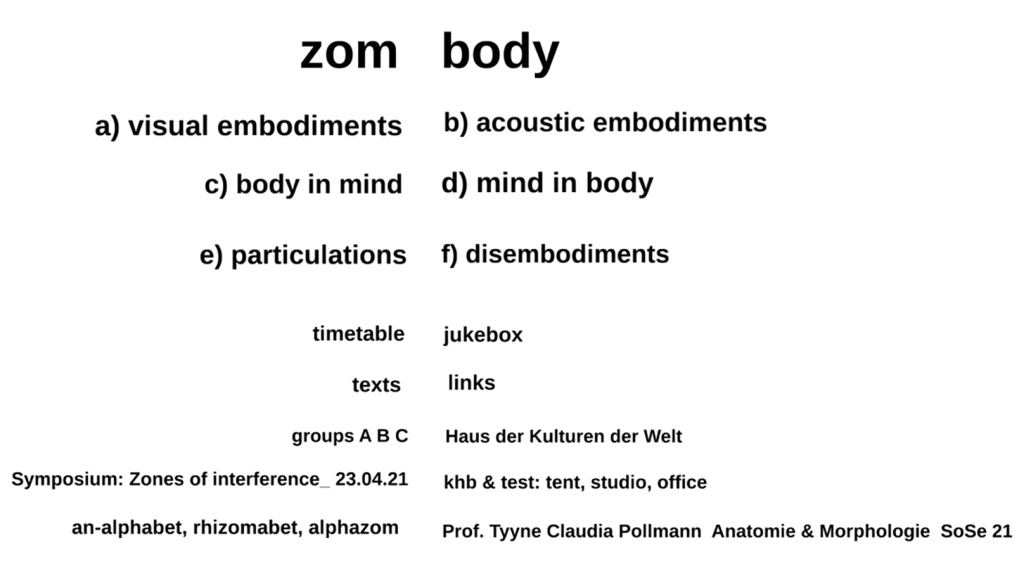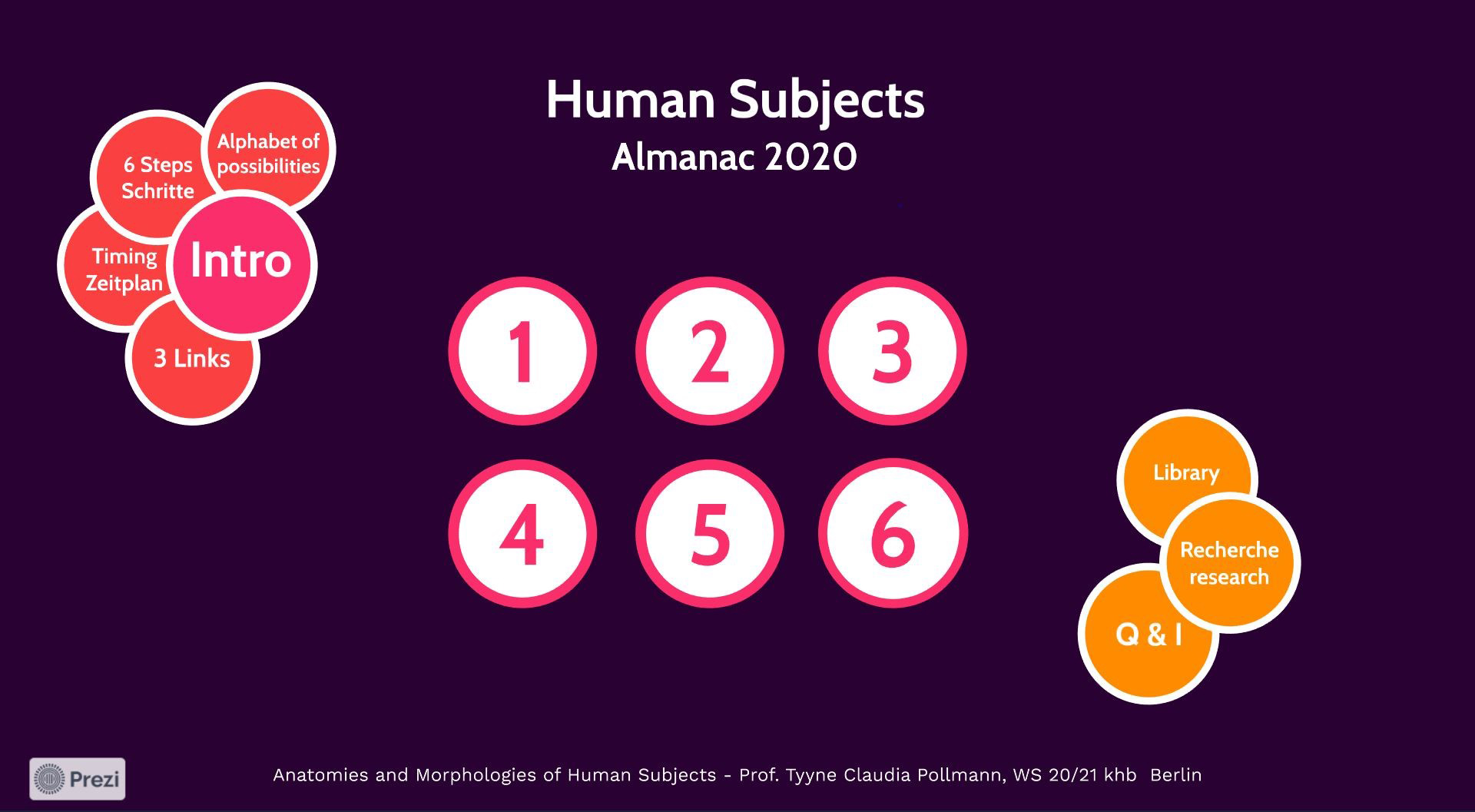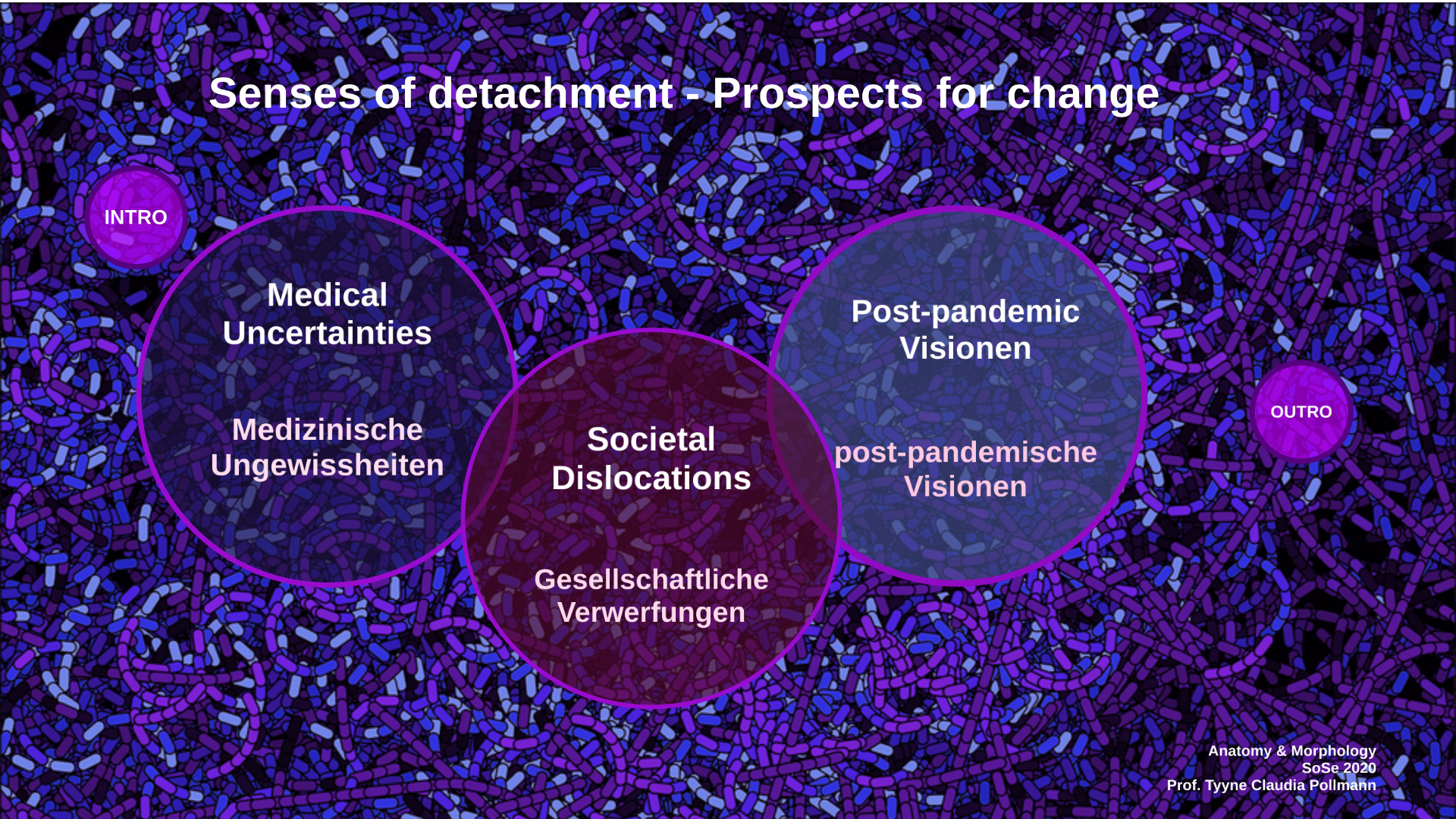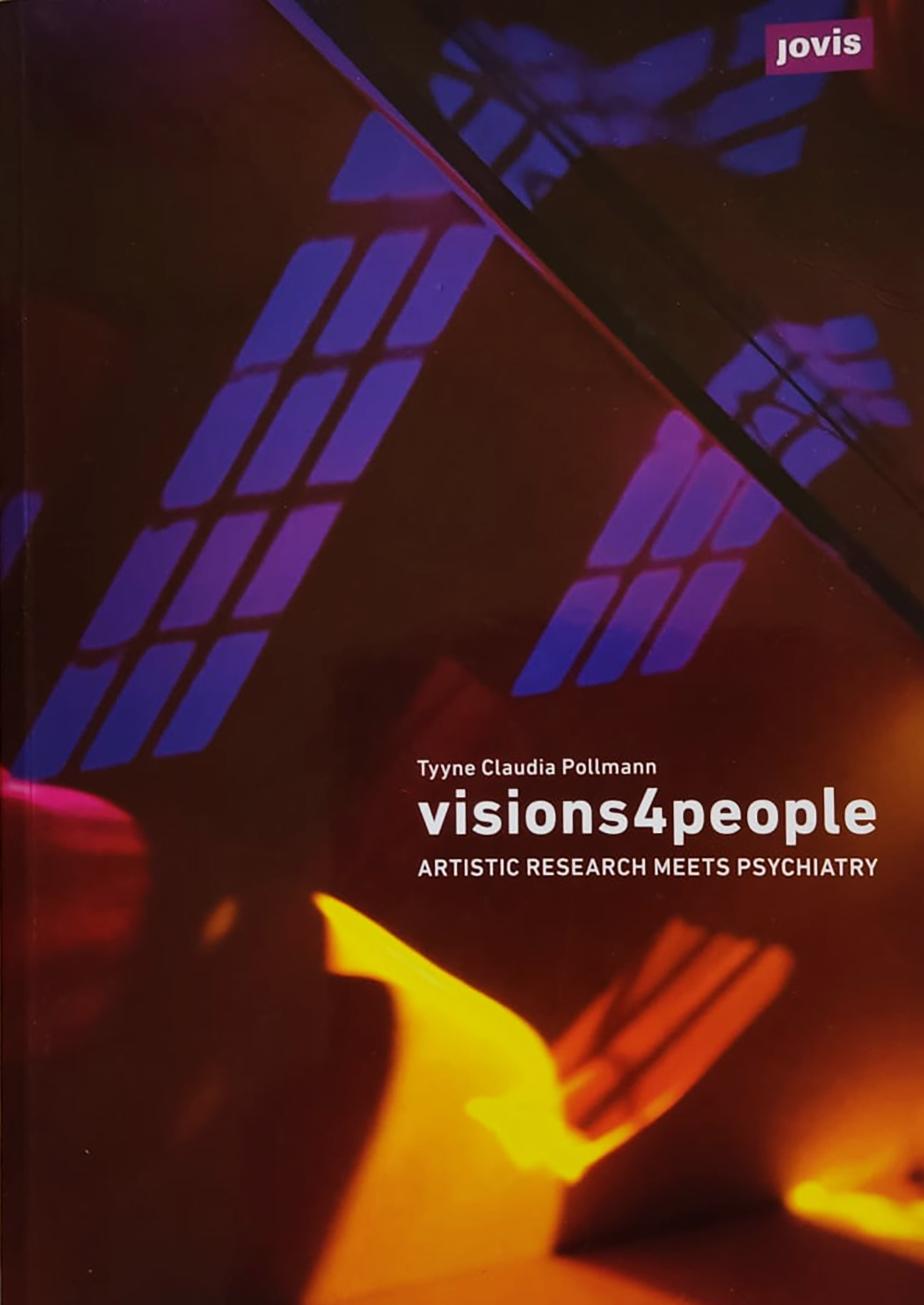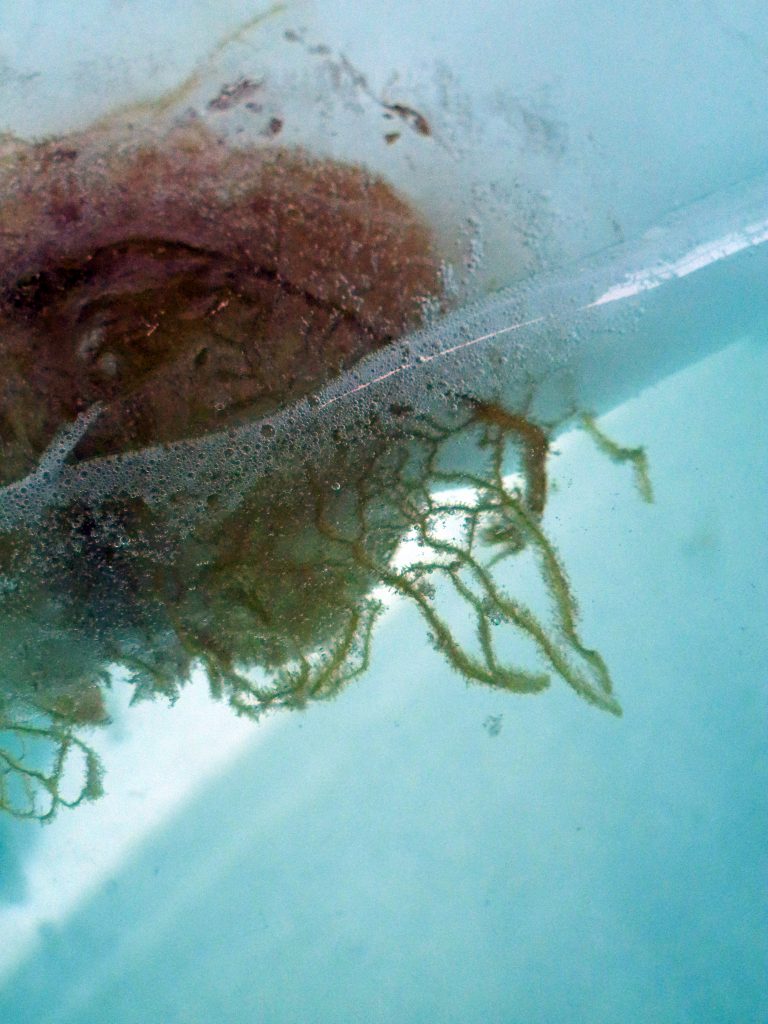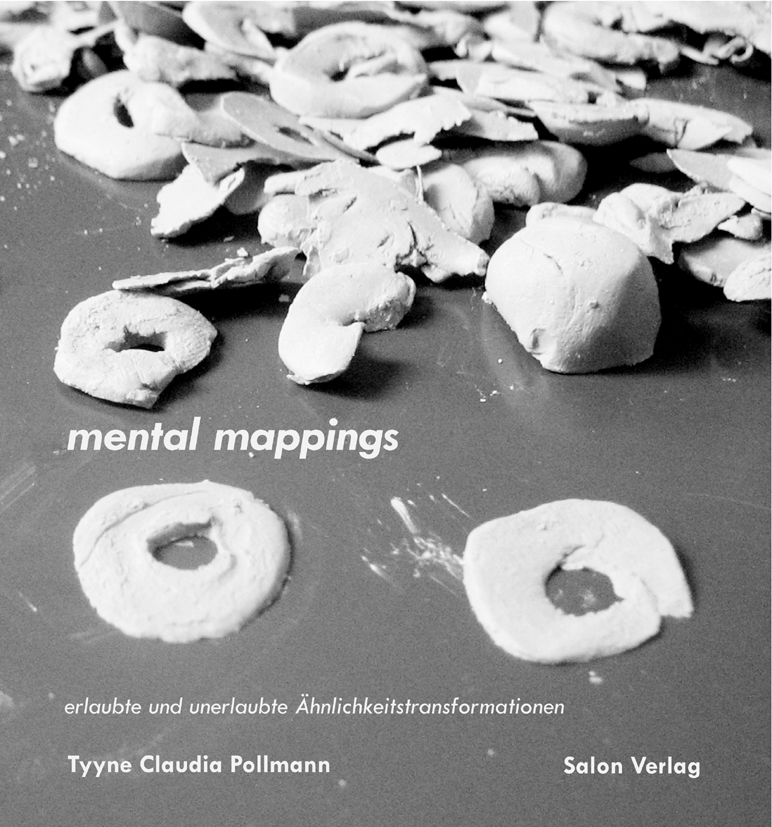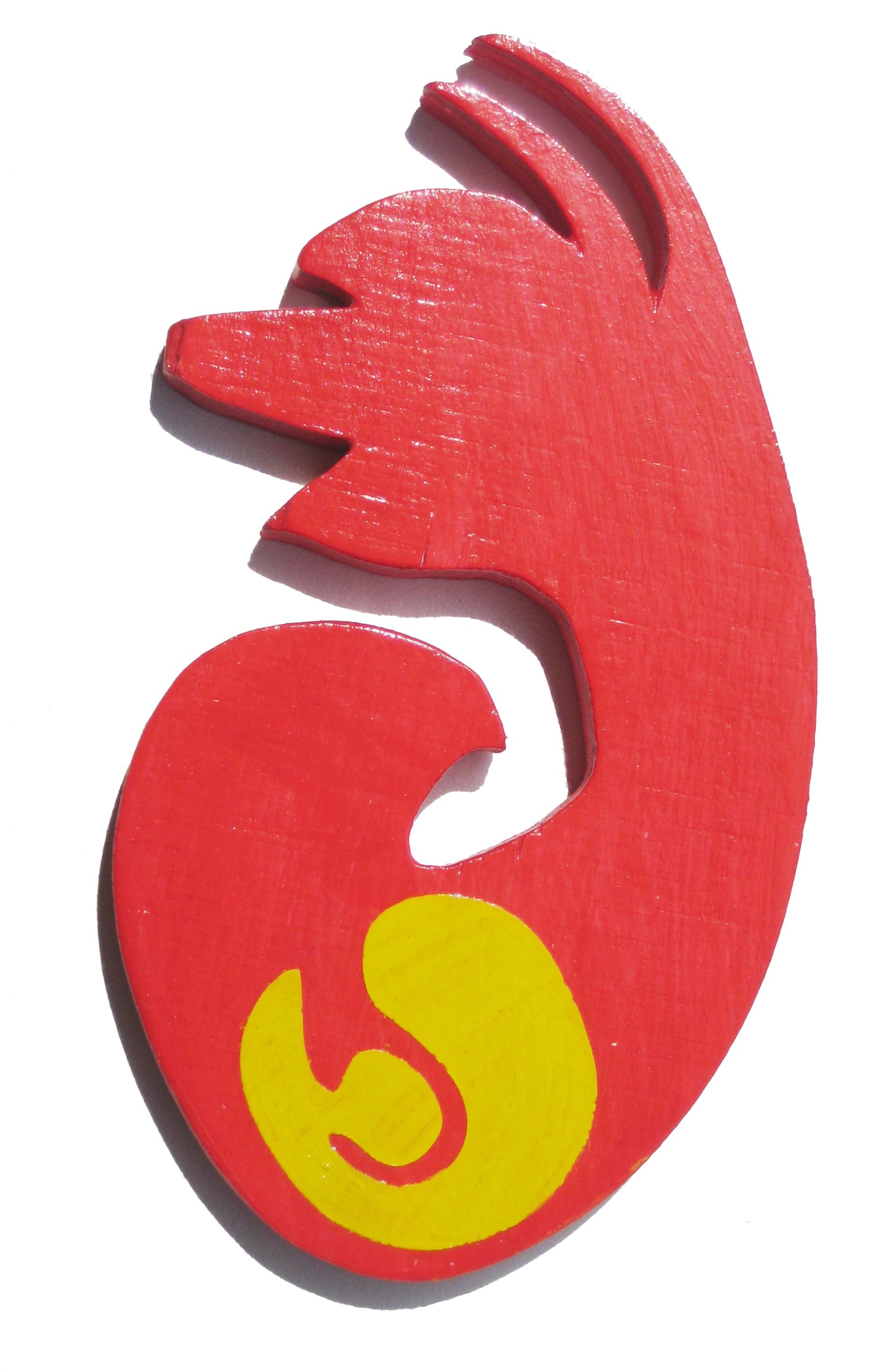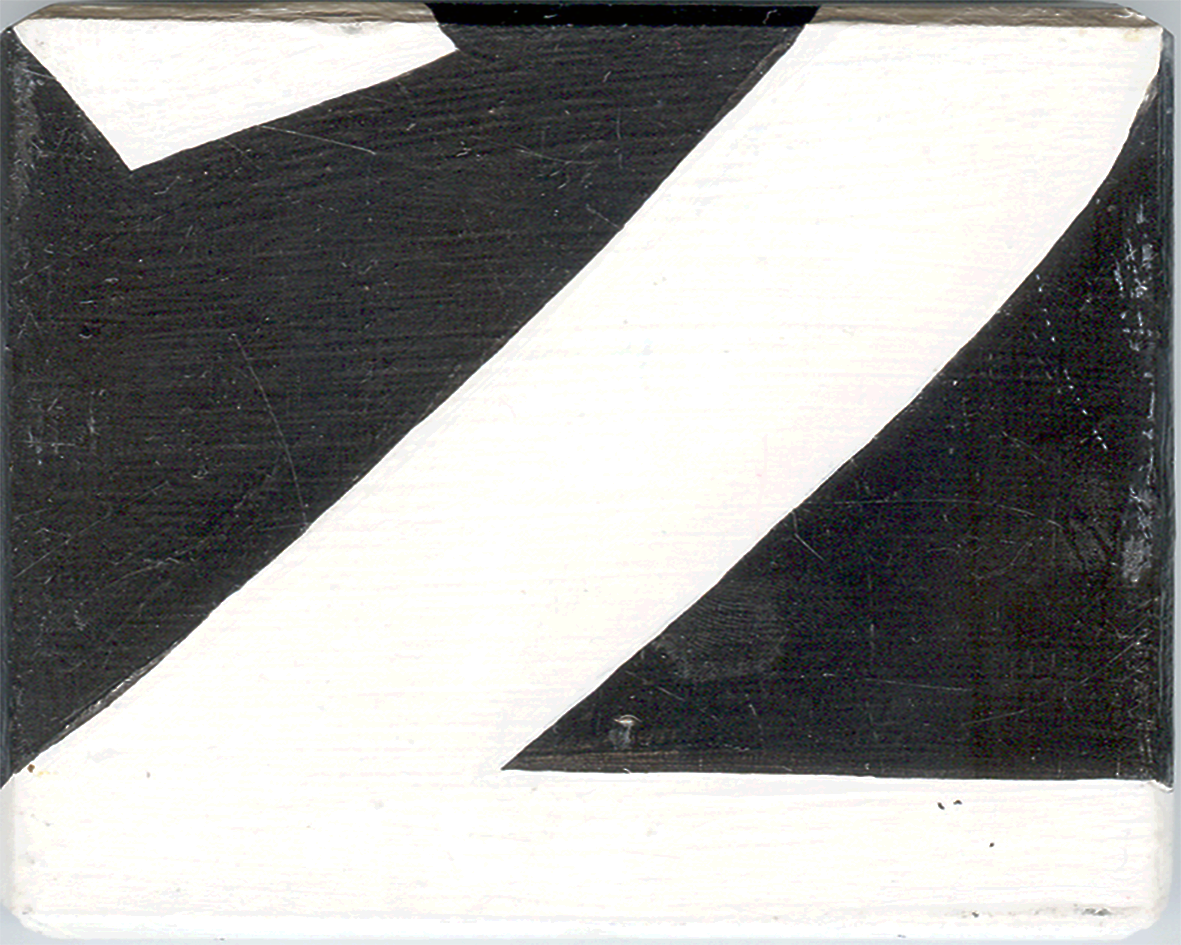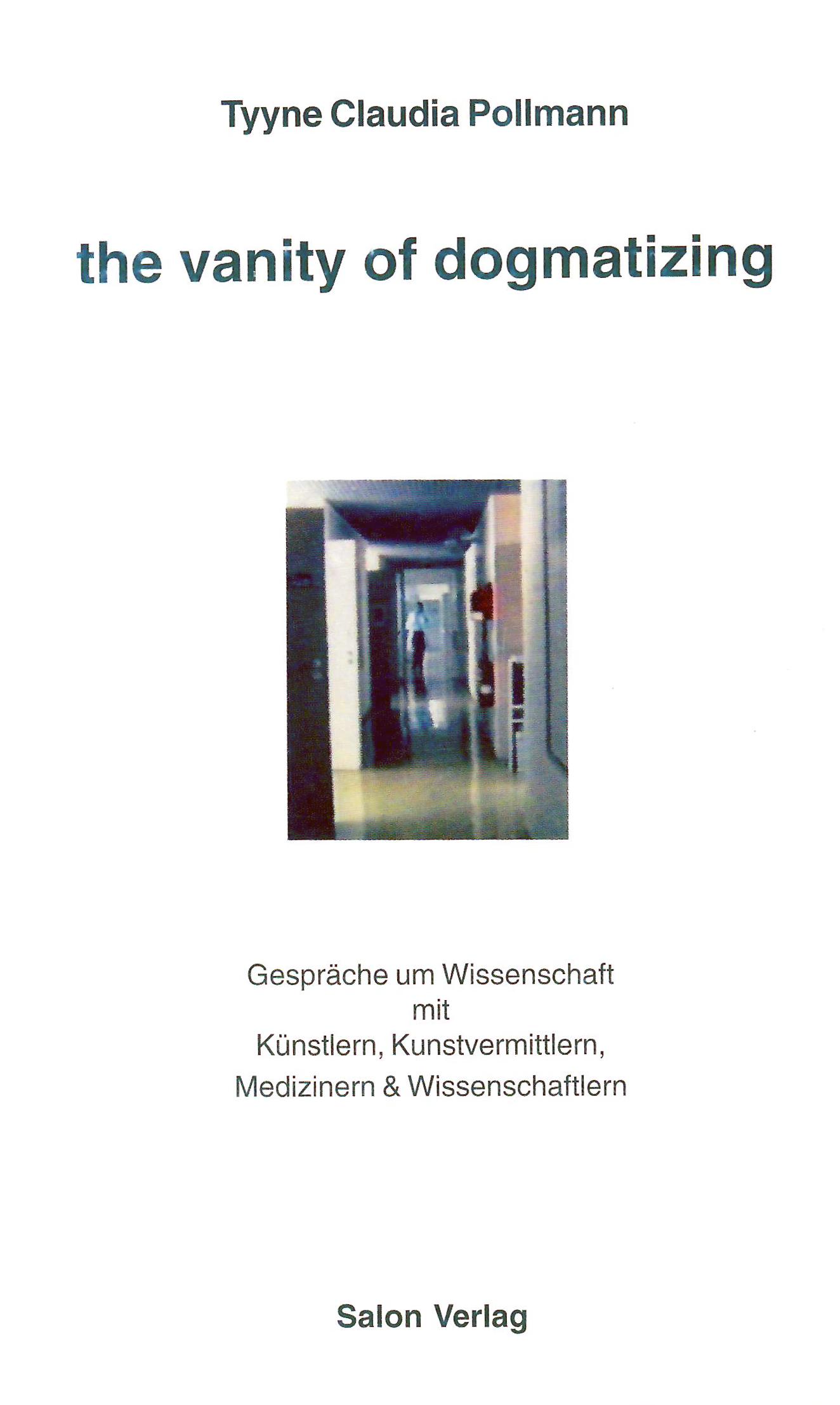Please click on project title or image to access detailed information page.
Artistic research & transdisciplinary projects
With an artistic (sculpture) and scientific (medicine) background, I have been performing transdisciplinary projects since 1995 and am working in the field of artistic research since 2008. I mostly perform my art and artistic research projects with a transdisciplinary team. So far, I have been collaborating with specialists from the fields of philosophy, informatics, mathematics, sociology, art, architecture, anthropology, psychology, psychiatry, cultural studies, and futurology. Since 2013, I teach artistic research in the field of anatomy and morphology with a scientific-artistic professorship at khb weißensee.
Carthography: fields of exploration, including initials of my collaborators:
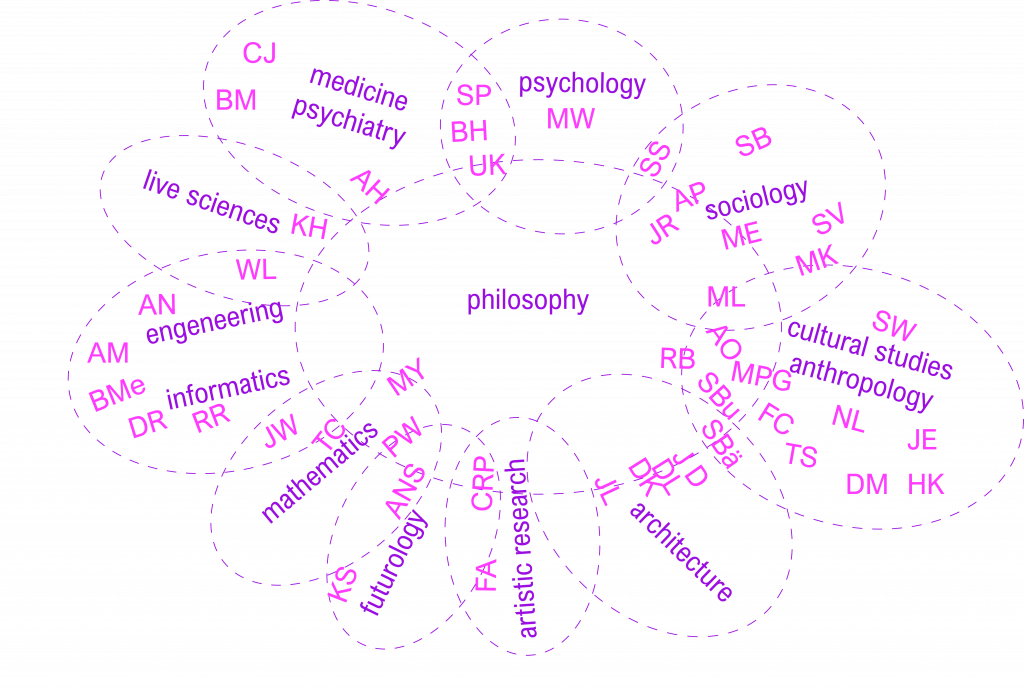
& the corresponding legend:
FA Fee Altmann, artistic research SB Sara Bäcker, interior architecture, JB Prof. Jacqueline Baum, fine art education, SB Sabine Biedermann, sociology, RB Dr. Rainer Borgemeister, art history & philosophy, SB Prof. Sabeth Buchmann, art theory & cultural studies, FC Florin Cristea, social anthropology, TC Prof. Thoralf Chrobok, mathematics, JD Jason Danziger, architecture, ME Mathis Ekelmann, sociology & visual communication, JE Julia Emmler, media theory, MG Dr. Mariapaola Gritti, anthropology, KH Dr. Katharina Hansen, biology & brain research, BH Dr. Bernhard Haslinger, psychiatry & psychotherapy, JH Jola Hauschild, textile and surface design, AH Prof. Andreas Heinz, psychiatry & psychotherapy, JHe Johanna Hemming, fine arts, CJ Dr. Chaim Jellinek, psychiatry & psychotherapy, DK Doris Kleilein, architecture, MK Micheáel Klien, social choreography, UK Prof. Ulrike Kluge, cultural psychiatry & psychotherapy, DL Dan Lee, architecture, ML Mano Leyrado. fine arts & curating, JL Jan Liebscher, architecture, WL Dr. Wolfram Liebermeister, biophysics, NL Prof. Nanna Lüth, art & media education, DM Dominik Mattes, medical anthropology, AM Ansgar Meemken, technical, development, BM Prof. Bärbel Mertsching, electrical engineering & robotic, BeM Beate Münchow, psychiatry & psychotherapy, AN Aleksej Nazarenko, informatics & web design, AO Anja Oswald, gender studies, SP Dr. Simone Penka, transcultural psychiatry, AP Aaron Pollmann, sociology & photography, JR Prof. Juliane Rebentisch, philosophy & aesthetics, CRP Prof. Christine Reeh-Peters, artistic research, RR Prof. Ralf Reulke, computer vision & sensor systems, DR Dipl.-Inf. Dominik Rueß, informatics, SS Dipl.-Psych. Ska Salden, psychology, KS Karen Scheper de Aguirre, art & futurology, ANS Alan N. Shapiro, sociology & informatics & futurology, TS Prof. Thomas Stodulka, social & cultural anthropology, SV Steve Valk, social choreography, MW Prof. Meike Watzlavik, cultural psychology, SW Dr. Susanne Witzgall, interdisciplinary studies, PW Prof. Peter Weibel art & new media theories, JW Prof. Joseph Weizenbaum, informatics & critical science, MY Miya Yoshida, philosophy & art
& the corresponding institutes:
CrossOver Institute, NeuroCure at the Charité Campus Mitte
Department of Psychiatry and Psychotherapy at the Charité Campus Mitte
DLR (Deutsche Luft- und Raumfahrt)Institue for Optical sensory Systems
Duke University USA, Laboratory for Social choreography
Filmuniversität Babelsberg Konrad Wolf
FU Berlin, Medical anthropology
FU Berlin, Social and Cultural anthropology
HU Humboldt University, Computer Science, Department Computer vision
ICI, Institute for Cultural Inquiry
TransVer – Ressourcen-Netzwerk zur interkulturellen Öffnung
Intro
Artistic research & transdisciplinary projects
The craggy grounds of knowledge production are coated by of fractioned territories with inscribed property claims. At their fraying rims, a plurality of transdisciplinary and bridging study fields has been emerging in the last decades, which might at first glance seem to blur borders, while disclosing neglected interrelations that elucidate the complex landscape of knowledge production.
The multidimensional problems embedded in knowledge formations exist regardless of its territories and cannot be understood or solved by adhering to disciplinary divides. The plurality of activities of deconstructing and dissolving dichotomies reveals the history of becomings and “thisness” of things, questioning taxonomies, genealogies, and epistemologies. They reshape approaches to past, present and future events, whereas visions – may they be scientific, science-fictional or fictional – are first potential anchor points for future realizations. This constant in-formation includes cultural, artistic and creative, political, societal, social, psychological, ecological and yet unlabeled activities of knowledge production, containing massively interconnected areas, with overlaps and exclusions, evolving, uniting, dividing, dissolving, or morphing into something else, creating thus multidimensional transformations of joint knowledge production.
“Transdisciplinarity has emerged over the last few decades as an attempt to address disciplinary fragmentation. It presents an alternative to the paradigm of simplification, reduction and disjunction, taking on the challenge of complexity and proposing to connect and contextualize knowledge. […] It also tackles problems that have historically not been addressed because they are blind spots in disciplinary discourse, living in between disciplinary perspectives, or are simply considered too large to be addressed by hyper-specialized researchers.” (Montuori & Donnelly 2016)
“But if ‘art’ is a mode of perception, ‘artistic research’ must also be the mode of a process. Therefore, there can be no categorical difference between ‘scientific’ and ‘artistic’ research – because the attributes independently of each other modulate a common carrier, namely the striving for knowledge of the research. Artistic research can therefore always also be scientific Research (Ladd 1979). Therefore, many artistic research projects are genuinely interdisciplinary, more precisely: indisciplinary.” (Rancière 2006)
“But the image is not a statement and, according to Deleuze’s distinction, requires semiotics and not semantics, that is, a theory of non-discursive signs that is not content to duplicate the rhetoric of signification or to imitate linguistic operations. Semiotics defines itself as a system of images and signs independent of language in general. Hence the difficulty of an analysis of the non-discursive arts, for it is necessary to learn in discourse what is not derived by it, and to extract thought from a signaletic, non-linguistic matter that is nevertheless not amorphous but semiotic.” (Sauvagnargues 2019)
Cultural embodiments drag along their embeddings which might be reaching back centuries ago, containing suppressed, toxic, avoided, or omitted matters. This uncanny appendix of the visible tip of the iceberg turns out to be the melting pot and gravity center of our makings. A joint, trans- or even indisciplinary approach, based on mutual acceptance of different perspectives and thus preserving the polyphony of different voices, will enable the creation of what Rosi Braidotti calls the nature-culture continuum that affects not only the perception of scientific and cultural practice but also the vision of the embodied, embedded, relational, and affective structure of the nonunitary, nomadic, and extended self. (Braidotti 2011)
Recent publications & conference contributions on artistic research
Artistic Formations of Joint Knowledge Production
publication: form+zweck, Verlag für Gestaltung, Berlin 2023, ISBN 978-3-947045-29-7
for the publication Courageous Methods in Cultural Psychology, Springer Nature, Print ISBN 978-3-030-93534-4
abstract:
I introduce and critically reflect collaborative realities, methods and practices probed during the artistic research project visions4people, that was realized in a cooperation between weißensee academy of art berlin (khb) and the Department of Psychiatry and Psychotherapy at Campus Charité Mitte by high degree students from khb and people of the psychiatry from 2016-2018. It questions scientific research preconceptions and accentuates the impact of transdisciplinary and participatory methods that elicit the potential of art and artistic activities in health care environments and in academia and thus redefines the scope and impact of knowledge productions.
for the conference Radical health
abstract:
The contribution commences with unfolding the basic approaches and methods developed and tested during the artistic research project visions4people, realized from 2016 to 2018 in a collaboration between the Clinic for Psychiatry and Psychotherapy Charité Berlin Mitte and the kunsthochschule berlin weissensee (khb). A crucial project outcome was initiated by questioning our roles in the psychiatric embedding, leading to a renunciation of conventional design and research methods, and thus enabling a change in the patient’s role from being affected to getting involved. Investigating our investigations challenged not only our temporary situatedness in the psychiatric context, but also elicited the madeness of institutional structures, knowledge production, and research standards, and thus provoked novel ways for teaching and collaborating.
for the conference Mind Embedded Embodied
abstract:
My contribution commences with questioning the conference’s title terms. From here I will critically unfold the basic approaches and methods developed and tested during our artistic research project visions4people, realized from 2016 to 2018 in a collaboration between the Clinic for Psychiatry and Psychotherapy Charité Berlin Mitte and the kunsthochschule berlin weissensee (khb). A crucial project outcome was initiated by questioning our roles in psychiatry, leading to a renunciation of conventional design and research methods. This again enabled a change of the patient’s role from being affected to getting involved. Furthermore, investigating our investigations and us as investigators challenged not only our temporary situatedness in psychiatry, but also elicited the “madeness” of the structures in educational institutions, knowledge production, and research – and initiated new ways of teaching and collaborating. From here, we will turn to the current conference conditions and start our dis/embodied participation session for unmuting and getting involved.
Artistic research projects at the Kunsthochschule Berlin Weißensee (khb)
My courses are based on an approach of mutual learning and create a shared, transdisciplinary, multidimensional, and polyphonic space, in which the students and me exchange perspectives, and experiment and produce together.
Formats of joint knowledge production:
- anonymous survey for qualitative research
- collective micro matters archive
- multimodal sense-activation (eyes, ears, smell, touch, taste)
- non-discursive writing
- participatory projects
- polyphonic productions
- transdisciplinary topics & methods
- collaborative generation of artistic outcomes
The course topics grow as a successive stream from the experiences and outcomes gathered in the previous courses and are results of our joint activities, inspiring for new research for the following course topic, concept and practices and thus creating a continuous flow of artistic explorations and knowledge productions.
Carthography of 7 course projects since 2016, newest on top:
- Demystify and try AI
- Sci-Fi Anatomies
- YOUtopia 41
- Zombody – rhizome and body
- Human subjects – the an-alphabet
- Senses of detachment – Prodpects for change
- visions4people – artictic research meets psychiatry
khb project start: 15.10.2022
The student courses will be finished on 20.02.2023
Youtopia 41
fields & practices:
philosophy: visions, speculations, ideas
live sciences: symbiosis: kombucha study,
breeding and tasting healthy drinks
experiments & collaborations:
Mano Leyrado (student assistant)
film analysis, music
technology & knowledge production
(forensic architecture)
microscopy experiments for creating:
the Collective Micro Matters Archive
joint music & film making (including AI):
Bugshake
YOUtopia 41 offered the students the opportunity to develop their personal utopia for the year 2042. The date – just 20 years later – meant that the near future was still palpable and would be experienced by the students. We started the journey to the future with the analysis of a film documenting the past 200 years of fossil resource extractions and created a collective archive of present time microscopic structures. From here, the students created Youtopias for the coming times. The Collective Micro Matters Archive, consists of microscopic photo- and video material created by all 98 participants. A joint music & film making session led to the music-video Bugshake.
zombody
Summer semester 21
fields & practices:
rhizome: philosophy (Deleuze/Guattari),
botanics
rediscovering human senses
experiments & collaborations:
with KONRAD WOLF Filmuniversität Babelsberg (Prof. C. Reeh-Peters, Zones of Interference)
smell – perfume laboratory
gustatory – food experiments
touch – nylon and crocheted bodywear
acoustic: oral articulations, joint audio work
joint installation including all student outcomes
audio polyphony, literary text
video: The Making of Zombody
The title zombody is a fusion of rhizome and body. The rhizome was discussed as botanical phenomenon and a philosophical image offered by Deleuze to define an open, subversive, non-hierarchical growing network. possible fields of exploration, now in in presence at the studio included rediscovering senses. smell (perfume laboratory). gustatory (food experiments), touch touch (nylon,crocheted bodywear), acoustic (oral articulations, joint audio work) and text experiments. We created a joint installation with all students’ outcomes, and video focusing on The Making of zombody, and a non-discursive text experiment, connecting all student outcomes was generated: Call us Zom.
Human Subjects
Winter semester 20/21
fields & practices:
global health, political aspects, individual situations
experiments & collaborations:
joint knowledge production
by 103 students for 2041
polyphonic documentation
the „an-alphabeth“
The title refers to the human subjects as issues that emerged during the year 2020 and concerns the human subjects as being both initiators and victims of their anthropocentric makings. The heart of the project were 7 questions to anonymously comment on the “year 2020”, a deliberately vague term, to enable a wide spectrum of responses. This an-alphabet, created by 103 students, was the source material, from which each student could choose a topic, to generate an individual artistic outcome. Thus, the decision-making process moved to the students.
polyphonic documentation: the „an-alphabeth“, joint knowledge production created by 103 students during Corona-induced hard lockdown times.
I compiled all Human subject survey’s student responses in an alphabetical order, and thus created a product called an-alphabet, as through its bilingualism, terms popped up on different places, meaning the same, subverting the order. The challenge was to make ground for experiences and research and thus allow new avenues for knowledge production under lockdown restrictions.
Please click here to access entire an-alphabeth as pdf.
Senses of detachment – Prospects for change
Summer semester 2020
fields & practices:
medicine, virology, modelling
medical knowledge and health procedures and their uncertainties
societal, social, political, economic and ecological impacts and disintegrations
post-pandemic visions for social restructuring or structuring anew
experiments & collaborations:
Duke University, USA, social dreaming
coop with visual commiunication (khb)
exploring technological gadgets for artistic knowledge production
The project for the summer semester focused on the alarming state of the global spread of Covid-19, that led to a lockdown of more than half of the world’s population. In Senses of detachment – Prospects for change, we looked at the three topics including a) medical knowledge and health procedures and their uncertainties, b) societal, social, political, economic and ecological impacts and disintegrations and c) possible post-pandemic visions for social restructuring or structuring anew. We explored digital methods for reaching out to people via surveys and an online collaboration with the social choreography department Duke University on “social dreaming”, North Carolina, USA.
visions4people
artistic research meets psychiatry
2016 – 2018
fields & practices:
team with specialists from:
art & design, psychiatry, psychoanalysis,
architecture, interior design, sociology,
media science
experiments & collaborations:
28 methods/practices
qualitative survey
scape research narratives
19 artistic or scientific outcomes
2 exhibitions
publication visions4people
vision4people was a collaboration between the kunsthochschule berlin, khb and the Clinic for Psychiatry & Psychotherapy Charité Berlin Mitte from 2016-18.
This cross-disciplinary endeavor included higher degree students from eight art and design disciplines. The “people”, namely the patients and the staff were the central starting point for our activities, which were transformed into the “visions” as multiple artistic and scientific productions. With a transdisciplinary team, we performed 28 methods/practices that led to 19 artistic or scientific outcomes. The publication is a basis for novel collaborative projects in which the patient‘s role in a psychiatry changes fundamentally: from being affected to getting involved.
visions4people, artistic research meets psychiatry, 304 pages, 85 col., English, Jovis Verlag Berlin, ISBN 978-3-86859-581-905.2019
work in progress
3 more courses will be uploaded:
I.IS.YOU. goes real
I.IS.YOU.
Lebst du schon? (Already alive?)
mental mappings — erlaubte und unerlaubte Ähnlichkeitstransformationen (permitted and prohibited similarity transformations) comprises artistic productions that explore scientific procedures and fundamentals from the fields of medicine, computer technology, physics, and mathematics. Through artistic works, the foundations and reference systems of our perception of reality are questioned and become visible or tangible. The projects were realized in different transdisciplinary working structures that allow for novel approaches to artistic and mathematical considerations.
stop counting
a transdisciplinary and participatory project
for joint knowledge production
experiments & collaboration partners:
Prof. Thoralf Chrock (mathematics)
Dan Lee (architect)
Susanne Hinrichs (Syker Vorwerk)
Signe Theill (Künsterlhaus Bethanien)
stop counting was a two-year transdisciplinary project with the architect Dan Lee and the mathematical physicist Dr. Thoralf Chrobok (now Prof. for mathematics at THW Berlin). It has developed from the impulse to create sensual moments of experience for fundamental mathematical relationships, especially in the field of topology, and is in a certain respect a further development of the work begun in 1 und 1 und 1 and other ones. The title stop counting also derives from a work produced in other ones.
1 und 1 und 1
a transdisciplinary and participatory project
for joint knowledge production
experiments & collaboration partners:
Künstlerhaus Bethanien, Berlin
Paula Modersohn Becker Stiftung, Bremen
22 discussions around the term science
publication, black/white, text only, 384 p. , bilingual,
ISBN 3-89770-011-5
the vanity of dogmatizing
interview partners:
Bigert & Bergström, artists
Birgit Brenner, artist
Heike Dander, curator
Dr. Christiane Fricke, art critic
Prof. Erhard Geißler, biologist and ethic researcher
Dr. Gero Gries, artist
Dr. Jochen Groll, internist
Elisabeth Gugel, neurologiist
Morgan O’Hara, artist
Dr. Wolfgang Henrich, gynaecologist
Peter Henkes, curator
Dr. Reinhard Horowski, brain researcher
Dr. Sabine Huber-Schumacher, pathologist
Heidi Niessen, nurse
Dr. Stephan Oehmen, anaesthesist
Dr. Tom Schaberg, infectiologist
Eva-Maria Schön, artist
Dr. Bertolt Stein, psychologist
Wolf Vogler, artist
Susanne Witzgall, art historian
Thomas Wulffen, art critic
the vanity of dogmatizing has various beginnings. Due to my medical and artistic background I was often asked to legitimize my twofold life. Repeatedly, the discussions turned to the fundamental question of what science actually is, and I realised that this term not only had very different connotations, but also had an enormous range of interesting facets. I decided to make use of my experience in both areas and, in the role of the questioner, to locate the origins of the various points of view. Thus, the term < science > will be defined by perspectives from the margins and gain a specific contour and local coloration, instead of being set as a universal, abstract axiom.
